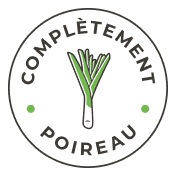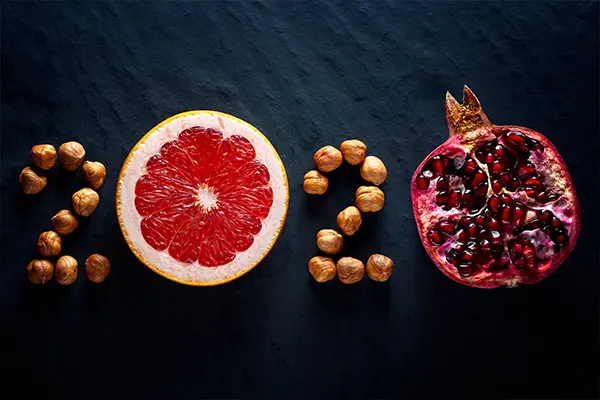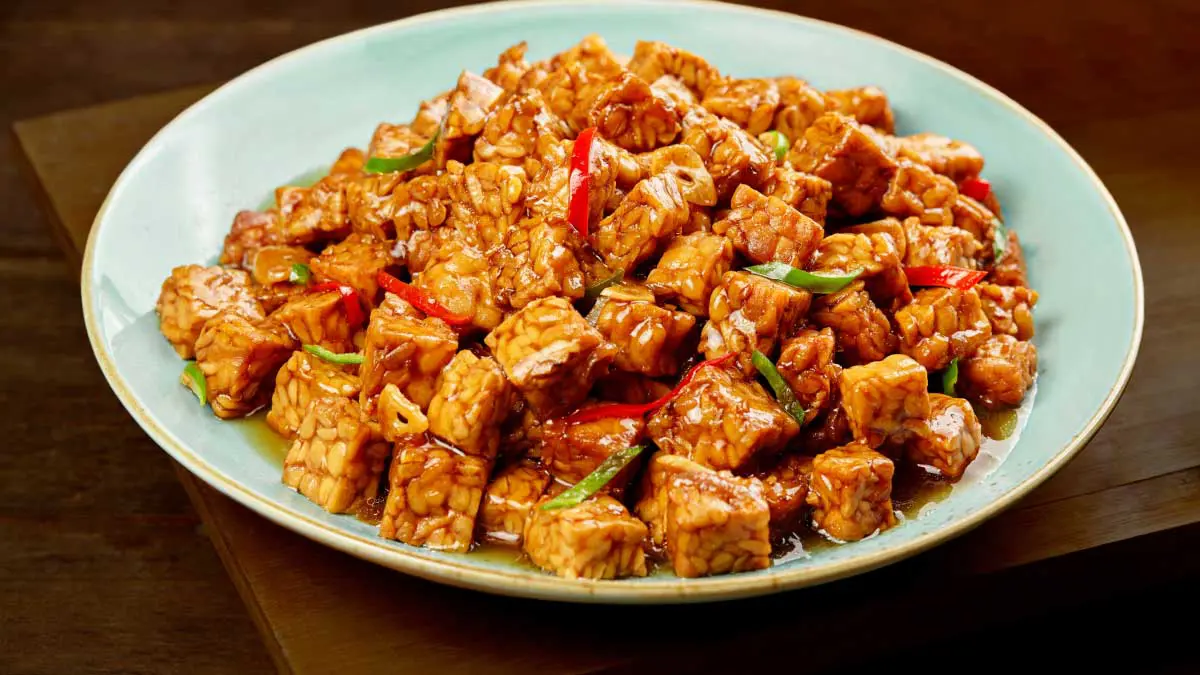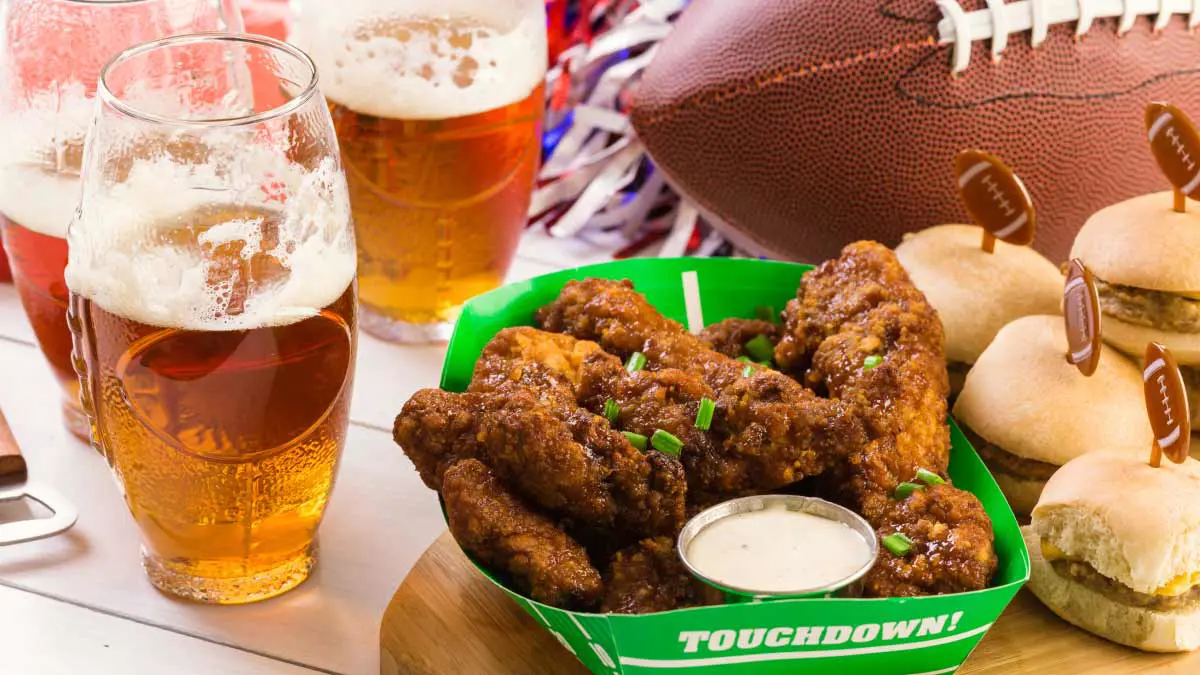Greetings foodies! As you know, I’m an experienced foodie. That’s why, with the new year upon us, I had no choice but to do my research and bring you the hottest food trends for the coming months! 👇🏼
Ciao meat, hello plant-based!
The decline of the animal empire
THE TRIUMPH OF “ISMS
Here, we’re talking less and less about ‘trends’ and more and more about ‘lifestyles.’ Meat just isn’t popular with humans any more (and even less so with leeks, believe me!) And all for a ton of reasons:
- You’re an animal lover, and you don’t like Babe being mistreated before he’s made into bacon;
- You’re a friend of the planet, and you think there are enough holes in the ozone layer as it is.
- You’re good at math, and you know that ‘increase in world population’ = ‘increase in meat consumption’ = ‘soon there won’t be enough cattle to feed everyone.’
In short, meat is increasingly out. But you still have to eat, right? That’s why we’ve invented many ‘ism’ words that a leek like me doesn’t understand. So, I’ve put together a little glossary to help you get your bearings, too:
|
|
What the internet says 🤓 | My summary 😎 |
| Flexitarianism | Those who reduce their meat and fish consumption in favour of a more varied diet. | Those who can’t plug in. |
| Vegetarianism | Those who don’t eat meat. | Those who are motivated... but not THE MOST motivated |
| Vegetalism | Those who don’t eat anything that comes from an animal: meat, fish, milk, eggs, honey, etc. | Those that go a little further than the previous ones but not far enough to deserve the medal I’ve authorized myself to award. |
| Veganism | A lifestyle that proscribes all forms of animal exploitation in terms of both clothing and food (so no leather shoes or mascara tested on mice). | Those with a tough rind who don’t do things by halves! 🏅 |
That’s a lot of information, isn’t it? And I’m not even talking about ovo-lacto-vegetarianism, ovo vegetarianism, lacto-vegetarianism and pesco-vegetarianism! 🤯
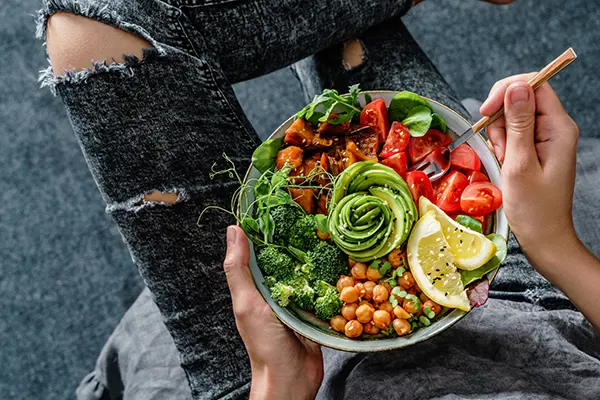
From meat to plants: a smooth transition
Well, I can already hear you shouting at me from the other side of your screen: ‘Come on, my Serge! What am I going to do without my Saturday night filet mignon? Breathe through your nose: you’re not going to wake up Monday morning to find that the ground meat that reigns supreme on the top shelf of your fridge has been replaced by kohlrabi and Swiss chard. The transition will be a gentle one (because we know that you humans don’t want to be rushed into your habits 🙄).
Part of this 2020 trend can be attributed to flexitarians. By seeking a balance between meat and plants, they are contributing to the popularity of blended products.
Basically, meat will take up a little less space... to leave a little more for the plants! Let me give you the example of the Lika Plus burger, which is composed of:
- 75% ground beef
- 25% Lika Plus (wheat, mushrooms, barley, yeast and water)
That means less fat and less cholesterol... Can your filet mignon promise you the same?
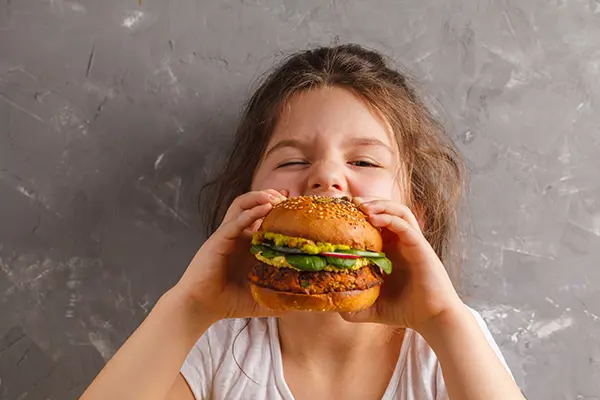
The triumph of plants and vegetables
Now, that’s no secret: vegetables (and even more so local vegetables!) are on a roll!
As a leek, I’m unsure if that’s good or bad news. I’m glad that the superiority of my species is finally being recognized... But simultaneously, it means more of my kind in the bottom of your stomach. 🤔 But hey, as long as you don’t touch my nearest and dearest (including the sfenj (in French) I fell in love with in Morocco), we’ll get along just fine! To prove my good faith, I can even give you the names of 2-3 turnips I’d like to get rid of to compensate (it’ll stay between us, don’t worry 😉 ).
Regarding vegetable proteins, soy has held the iron throne of our diet until now. But not for much longer! A host of major brands are turning to more creative blends to enhance textures (and make their products more fun to eat): mung beans, hemp (in French), pumpkin, avocado, watermelon, chlorella... you’re likely to be hearing a lot about all this in 2020!
I know I know... you’re wondering what chlorella eats in winter? Well, chlorella (in French) is a green algae that is VERY popular in Asia and has carved out a place for itself as a superfood!
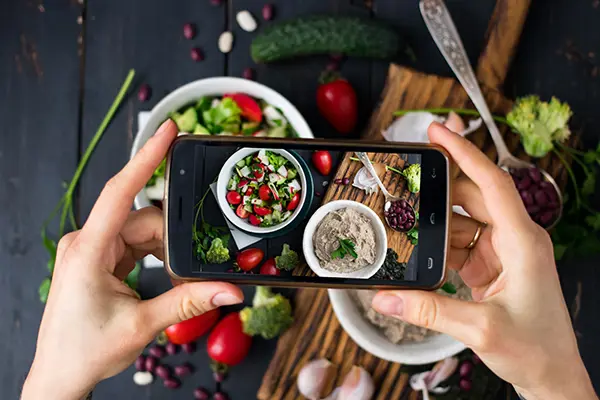
No alcohol, no regrets
Bye-bye alcoholic beverages...
Alcohol will definitely lose popularity... to the point of becoming a trend in 2020!
If you’re one of the 3 people who paid attention during economics class in Secondary 3, you’ve mastered supply and demand like no other. So you know that supply will follow as the demand for non-alcoholic beers increases (we all know someone who, at the party, extols the benefits of his Heineken 0.0). So, 0% beers should continue to reproduce left and right.
If you’re looking for inspiration, the Huffington Post did an article in 2018 on the best non-alcoholic beers (in French)! And it’s not that I want to preach for my parish... but an IPA from Le BockAle microbrewery sits in the first place. Give it a try 😉

... Hello again, fermented!
Fermented beverages continue to gain momentum. And if kombucha needs no introduction, perhaps you’re less familiar with kefir? Kefir is a drink that some call “miraculous.” Well, like all superfoods, you’ve got to take it or leave it! But the great thing about kefir is that:
- It’s packed with protein, vitamins and good bacteria (yes, good bacteria!).
- Costs next to nothing to make (yeah!)
Want to know how to make water kefir, THE drink that is said to have enabled the people of the Caucasus to live for over 110 years without getting sick? 😱 It’s over here (in French)!
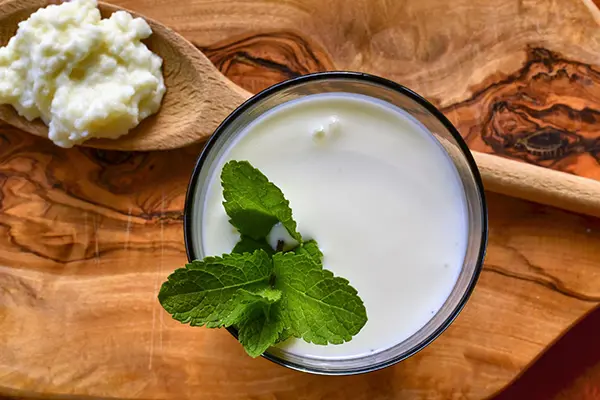
Plus, what do you think of the food trends for 2020? Have I convinced you to swap your filet mignon for leeks? 😉 If so, we’ve got a ton of vegan recipes you can check out!
